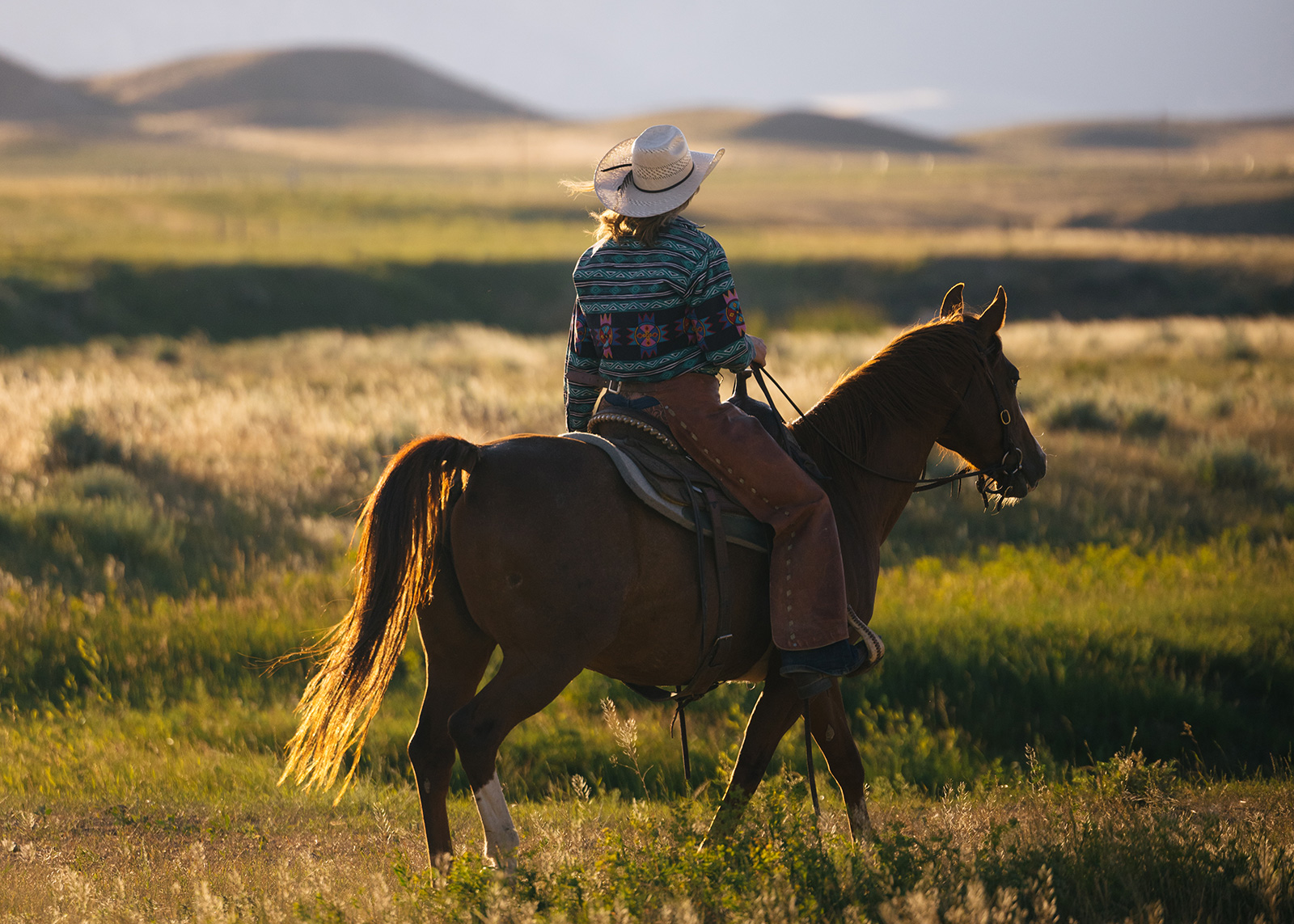
Fort McKinney
Before Fort McKinney became a full-fledged fort in 1878, a temporary base called Cantonment Reno was built on the west bank of the Powder River to act as a supply base for General George Crook’s Big Horn Expedition. The fort was later renamed in honor of Lieutenant John McKinney, who was killed in the nearby Dull Knife Battle of 1876. In 1878, the well-developed fort faced water and lumber shortages and was relocated 45 miles northwest to Buffalo.
With the significant battles of the Indian Wars over, the fort’s primary objective was to ensure that the Sioux and Cheyenne tribes did not go back on the warpath. A second task was to keep the Crow, Arapaho, and Shoshone tribes at peace with each other and the new settlers in the Powder River Basin. During the Johnson County War of 1892, troops at the fort were ordered by President Benjamin Harrison to stop the fighting and escort the prominent cattlemen and their hired Texas gunslingers safely out of the area before the angry citizens of Buffalo could lynch them. Two years later, in 1894, the post was closed. Today, it is the site of the Veterans Home of Wyoming. The old fort hospital, moved from its original location, is the visitors house of the facility.
Historic Marker
The sign along U.S. Highway 36 reads: First known as Cantonment Reno, Fort McKinney was established in 1876 on the Powder River near present-day Kaycee. In 1877, the Fort was renamed for Lieutenant John McKinney, who died during the Dull Knife Battle in 1876.
The Fort’s presence directly violated the 1851 and 1866 Fort Laramie Treaties. The Army determined the original site to be unsanitary and moved the Fort 45 miles north, to its current location south of here along Clear Creek in 1878. From here, the Army monitored the Sioux and Cheyenne activities, kept the peace between the Arapaho, Shoshone, and Crow, and protected the settlers moving into the Powder River Basin. Here, Fort McKinney had 14 officers’ quarters, known as “The Line,” barracks for up to seven companies (approximately 1,400 men), laundresses’ quarters, offices, a hospital, a bakery, storehouses, stables, and auxiliary buildings. Of the original fort buildings, only the hospital remains.
During the Johnson County War of 1892, President Benjamin Harrison ordered Fort McKinney troops to end the fighting between cattle barons and small landowners. Troops escorted the cattlemen and their hired Texas gunmen to the Fort for their own safety. Until it closed in 1894, Fort McKinney supplied the dominant economic stimulus for the nearby town of Buffalo. The Army deeded the land to the State of Wyoming in 1894, and in 1903, it became the Wyoming Soldiers’ and Sailors’ Home. Today it serves as the Veterans’ Home of Wyoming.
00 Veterans Lane
Buffalo WY, 82834